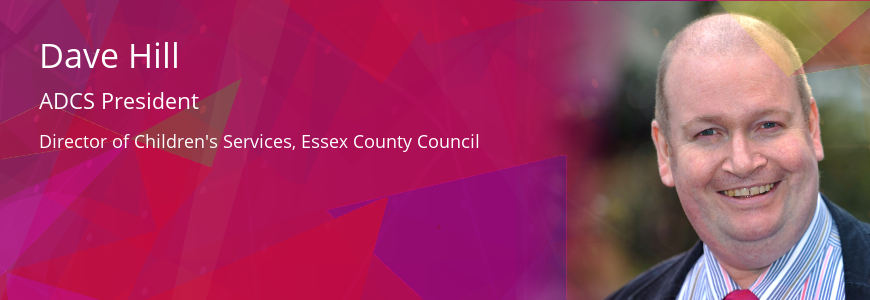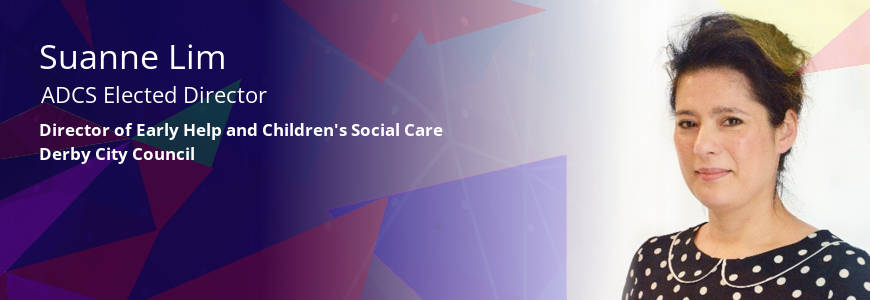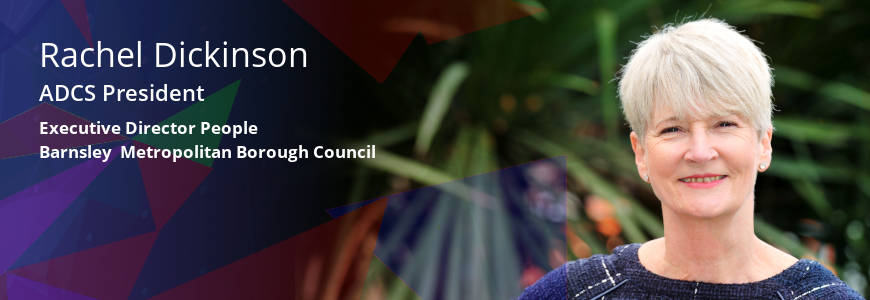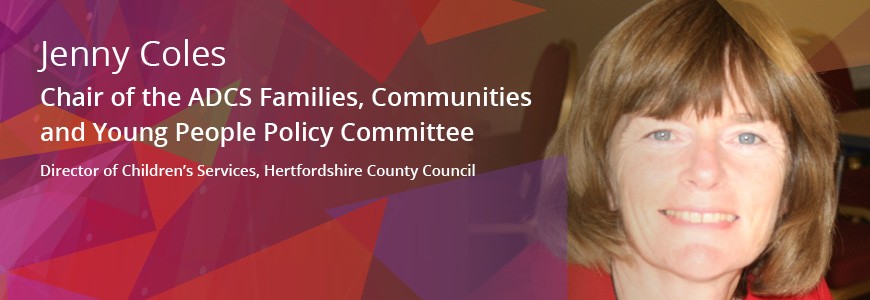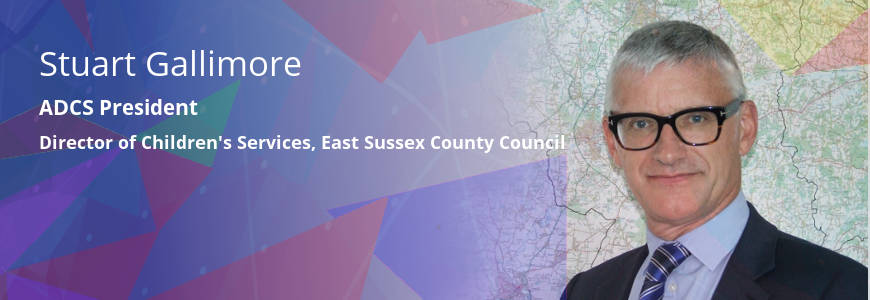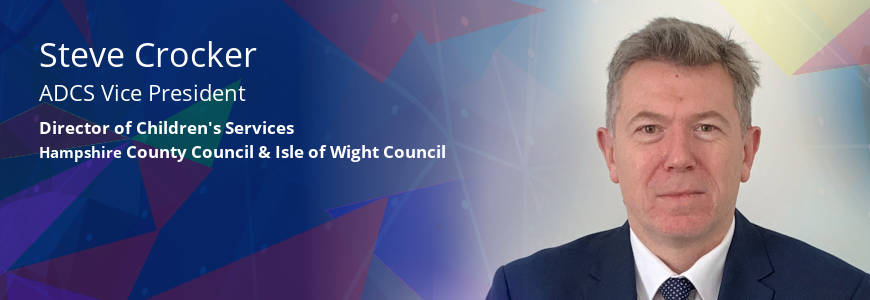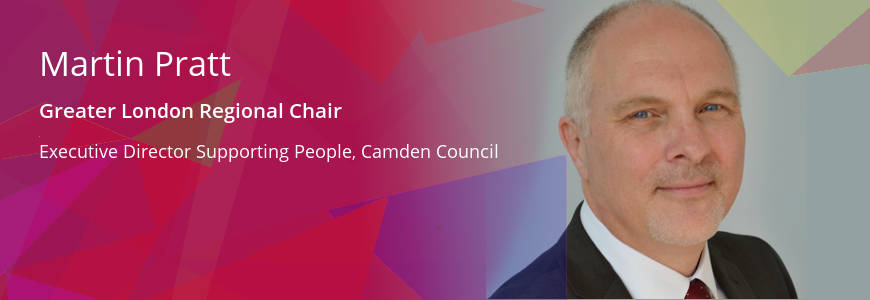Young Offenders as Victims

This week I have been reflecting on my early career as a Youth Worker in a semi-secure Children’s Home. In this role I worked directly with many young offenders who, despite their misdemeanors, were all very damaged or mentally ill children. At that time I felt like a lone voice advocating that we should be helping them come to terms with the abuse and harm that they had suffered rather than punishing them.
Sadly, youth justice is still predicated on seeing the young person as an ‘offender’ first.
This focus leads to a simplistic delineation between ‘offender’ and ‘victim’, which can be at odds with the experience of many young people in the youth justice system who are victims of crime, as well as abuse and neglect.
Many children who come to the attention of youth justice services will have been exposed to trauma in their life – either directly experiencing physical, emotional and/or sexual abuse, or witnessing events that cause extreme distress. Some will have experienced repeated and extended ‘complex trauma’ that increases the chance of lasting issues.
Of course it is imperative not to excuse offending behaviour and its impact, but rather to understand and address its causes in order to prevent its recurrence. Signs or disclosure of past trauma may only become apparent after an offender has been in the system for a period of time. The wider discourse on victims of crime largely neglects to acknowledge that young people who offend are disproportionately more likely to be a victim of crime.
The evidence on the relationship between children who offend and children who have suffered trauma is well established. Studies indicate that between 33-92% of children in custody have been affected by traumatic experience. A study of YOT caseloads in London found that:
- Around 50% of children in the caseload have had traumatic experiences, been the victim or witness to crime, abuse and/or violence;
- Around 40% of the total caseload have emotional and mental health needs related to these experiences; and
- Fewer (around 20% of the caseload) receive support for these needs with provisions cited as variable and over-stretched.
The negative effects of unaddressed trauma in young people can include developmental delays, difficulty in developing and maintaining trust, diminished resilience and increased aggressive or risk-taking behaviour. Thus, recognising trauma and understanding its impact can guide how to work with children who have offended to break cycles of offending and prevent further victims.
With this in mind, the multi-disciplinary national Victims Reference Group (which is chaired by a member of the Youth Justice Board) was convened to tackle this challenge. It was tasked with informing a re-focus of the system and influencing policy and practice by considering current thinking and development around trauma, adverse childhood experiences and other initiatives.
Locally, Nottinghamshire’s Office of the Police and Crime Commissioner is also taking forward a project, with the cooperation of City and County Youth Justice colleagues, to identify the nature and extent of the relationship between the victimisation of young people and their subsequent offending in order to inform how to meet their needs and address risks.
The role of schools, parents/carers and the services that we provide are vital in providing support to this vulnerable group. As are:
- Making sure that both victims and offenders have equal access to effective support services (and making sure that they are aware of these services).
- Opportunities for young people to engage in structured and supervised social activities.
- Education and awareness raising for victims, offenders and staff.
- Engaging parents and carers of young people in breaking the cycle of victimisation and offending.
Whilst never condoning violence or serious crimes, I am advocating that we should be working with young offenders, and those at risk of offending, to understand and support them to come to terms with the impact on their behaviour, of poverty and their family experiences.
In exactly the same way, that across partnerships we all play a role in safeguarding our young vulnerable children we need to ensure that safeguarding our teenage offenders is also everyone’s responsibility!
Related Blog Articles
In recent weeks we have seen a whole host of changes in central government,...
In General
Hello ADCS Colleagues I recently had the privilege of being part of a panel...
In Workforce
Earlier this week I spoke at the Youth Justice Convention 2019 in Birmingham. I...
In Youth Justice & Secure Estate
At some point over the past 20 months most of us will have attended a virtual...
In General
Peter Clarke, HM Chief Inspector of Prisons, recently presented a shocking...
In Youth Justice & Secure Estate
‘We lay the foundations so they can soar’, said Anna, our retiring Virtual...
In Youth Justice & Secure Estate
All schools and colleges across the country are now allowed to open more widely...
In Education
Like many of us I have been thinking over the last few weeks about our...
In Care
It was hard to watch. A very burly man thumping the window close to the face of...
In Youth Justice & Secure Estate
There’s a lot going on at the moment, what with our new President, the care...
In General
I don’t know about you, but I find that sometimes there’s an alignment...
In Leadership
It’s been a challenging couple of weeks for me with the publication of a...

